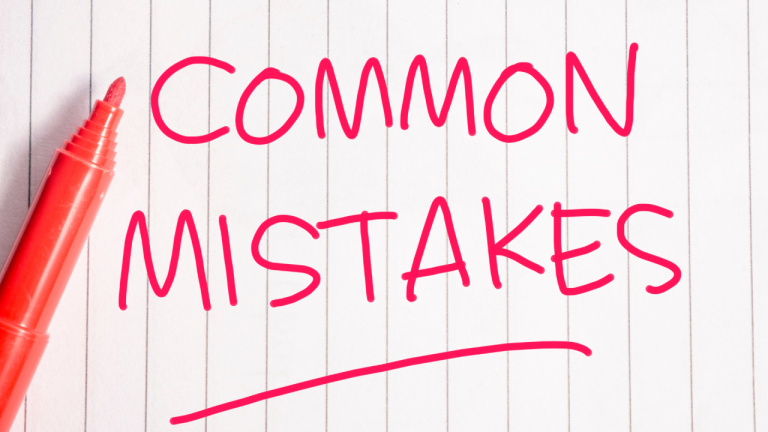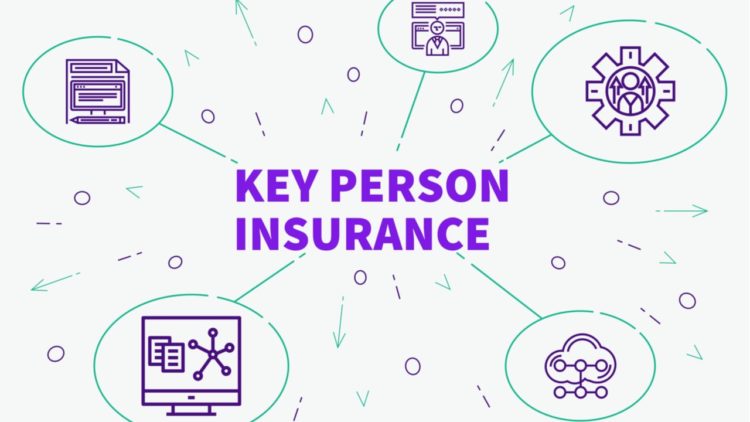Common Myths About Health Insurance
Health insurance is a vital aspect of life in many countries, particularly in places like the United States, where medical expenses can be prohibitively expensive without coverage. Unfortunately, there are many myths and misconceptions about health insurance that can cause confusion and make it harder for people to navigate the system effectively. In this article, we will explore some of the most common myths about health insurance, debunk them, and provide clarity on what is true.
Myth 1: Health Insurance Is Too Expensive for Most People
One of the most common myths about health insurance is that it is too expensive for most people, particularly those with lower incomes. While it is true that health insurance premiums can be costly, the idea that it is out of reach for most people is inaccurate.
The Truth: Financial Assistance is Available
Many people are eligible for financial assistance through government programs, subsidies, or employer-sponsored insurance that can significantly reduce the cost of health insurance. For example, in the United States, the Affordable Care Act (ACA) introduced subsidies for individuals and families with incomes between 100% and 400% of the federal poverty level, making coverage more affordable. Medicaid also provides coverage to low-income individuals and families in many states.
Moreover, many employers offer health insurance benefits as part of their compensation package, which often reduces the cost of premiums for employees. It’s essential to explore all available options, including government subsidies, employer plans, and state-specific programs, to find affordable coverage.
Myth 2: Young and Healthy People Don’t Need Health Insurance
Another widespread myth is that young and healthy people don’t need health insurance because they are unlikely to face major medical expenses. Many young individuals believe they can forgo health insurance without serious consequences.
The Truth: Medical Emergencies Can Happen to Anyone
While young, healthy people may have fewer health issues, they are not immune to accidents, injuries, or unexpected illnesses. Health insurance is essential for covering unforeseen medical costs, such as emergency room visits, surgery, or hospitalization. Without insurance, these costs can quickly become overwhelming.
Additionally, preventive care—such as regular checkups, vaccinations, and screenings—is crucial for maintaining long-term health. Health insurance often covers these services at little or no cost, which can help young people stay healthy and catch any health problems early before they become serious and costly.
Myth 3: Health Insurance Covers Everything
Many people believe that once they have health insurance, it will cover all their medical expenses. This myth can lead to disappointment and confusion when individuals find out that certain treatments, services, or medications are not covered by their plan.
The Truth: Health Insurance Plans Have Limits
While health insurance is designed to cover a wide range of medical services, there are limitations and exclusions. For example, most health insurance plans do not cover cosmetic procedures, certain experimental treatments, or elective surgeries. Additionally, plans may have coverage limits on specific services or conditions, such as mental health care, prescription drugs, or physical therapy.
It’s important to carefully read and understand your health insurance policy, including the list of covered services, exclusions, and limitations. If you need coverage for specific services, you may want to choose a plan that offers additional benefits for those needs.
Myth 4: You Only Need Health Insurance When You’re Sick
Some people believe that they can wait until they become ill or injured to get health insurance. They assume that insurance is only necessary when medical care is needed, but that’s far from the truth.
The Truth: Health Insurance is Essential for Preventive Care
Health insurance is not just for when you’re sick; it is also vital for preventive care and early detection of health issues. Most health insurance plans cover preventive services such as vaccinations, screenings for cancer, cholesterol checks, and mental health counseling. These services are essential for maintaining good health and preventing serious illnesses from developing or going undiagnosed.
Furthermore, health insurance ensures that you have access to necessary care when you need it, whether for an accident, injury, or chronic condition. Without insurance, you may delay seeking care, which can result in more severe health problems and higher costs in the long run.
Myth 5: All Health Insurance Plans Are the Same
A common myth is that all health insurance plans are the same and that it doesn’t matter which plan you choose. This can lead people to select the first plan they come across, thinking it will provide the same benefits as others.
The Truth: Health Insurance Plans Can Vary Greatly
Health insurance plans can differ significantly in terms of coverage, cost, and provider networks. Some plans may offer more comprehensive coverage, including dental and vision care, while others may have high deductibles and limited benefits. Additionally, each plan may have different out-of-pocket costs, such as copayments, deductibles, and coinsurance.
It’s important to compare different plans based on your specific needs and budget. Consider factors like your healthcare needs, preferred doctors, prescription medications, and the cost of premiums and out-of-pocket expenses. Make sure the plan you choose covers the services you are most likely to need.
Myth 6: If You Have Health Insurance, You Don’t Need to Worry About Medical Bills
Some people assume that if they have health insurance, they won’t have to worry about medical bills. This misconception can lead to financial surprises when patients discover that they still owe money after receiving medical care.
The Truth: Health Insurance Doesn’t Cover Everything
While health insurance helps cover many medical expenses, it doesn’t pay for everything. Most plans have deductibles, copayments, and coinsurance, which are the amounts you must pay out-of-pocket before the insurance company starts covering costs. Even after meeting your deductible, you may still need to pay a portion of your medical bills.
Additionally, some services, like out-of-network care or non-covered treatments, may result in higher costs. It’s important to understand your plan’s coverage and cost-sharing structure to avoid unexpected medical bills. Always check with your insurer and healthcare provider about the costs of services before receiving treatment, especially for major procedures.
Myth 7: Health Insurance Only Covers Hospital Stays
Some people believe that health insurance is primarily for covering hospital stays and emergency care. While it’s true that health insurance often covers hospitalizations, it also covers many other types of care.
The Truth: Health Insurance Covers a Wide Range of Services
Health insurance plans provide coverage for a variety of healthcare needs, including:
- Preventive care: Checkups, vaccinations, screenings.
- Prescription medications: Some insurance plans help with the cost of prescribed drugs.
- Mental health care: Therapy and counseling services.
- Rehabilitation: Physical therapy, occupational therapy.
- Maternity care: Pregnancy and childbirth services.
In addition, many health insurance plans offer coverage for specialist visits, lab tests, diagnostic procedures, and medical equipment. It’s essential to understand the full scope of your coverage, as insurance can provide support for much more than just hospital stays.
Myth 8: If You Miss the Enrollment Period, You Have to Wait a Whole Year to Get Coverage
Some people believe that if they miss the open enrollment period for health insurance, they will have to wait an entire year to get coverage again. This can cause people to delay signing up for health insurance out of fear of missing the deadline.
The Truth: Special Enrollment Periods Exist
While it’s true that open enrollment is a limited time frame for obtaining health insurance through the government marketplace or employer plans, there are also special enrollment periods (SEPs) available for individuals who experience certain life events. These events may include:
- Getting married or divorced
- Having a baby or adopting a child
- Losing other health coverage (e.g., through job loss or aging out of a parent’s plan)
- Moving to a new area
If you qualify for a special enrollment period, you can sign up for health insurance outside the regular open enrollment period. Keep an eye on these opportunities so you don’t miss out on coverage.
Myth 9: Medicare and Medicaid Are the Same Thing
Some people confuse Medicare and Medicaid, assuming that they are the same program. While both programs provide health coverage, they are quite different in terms of eligibility, funding, and coverage.
The Truth: Medicare and Medicaid Serve Different Populations
- Medicare: A federal program that primarily serves people age 65 and older, as well as certain younger people with disabilities. Medicare is generally available regardless of income.
- Medicaid: A joint federal and state program that provides coverage for low-income individuals and families. Eligibility for Medicaid depends on income, household size, and state-specific guidelines.
Although both programs aim to provide affordable healthcare, they are designed to help different groups of people. It’s essential to understand the differences and know which program you may qualify for.
Myth 10: Health Insurance Is Only for People with Full-Time Jobs
Many people believe that health insurance is only available to those with full-time jobs. While full-time employment often comes with health insurance benefits, this is not the only way to obtain coverage.
The Truth: There Are Multiple Ways to Get Health Insurance
In addition to employer-sponsored insurance, there are several other ways to obtain health insurance:
- Government marketplaces: Individuals can purchase insurance through government-run marketplaces like Healthcare.gov (in the U.S.).
- Medicaid and Medicare: Low-income individuals and seniors can qualify for government-funded programs.
- Spouse or parent’s plan: Individuals may be eligible to join a spouse’s or parent’s health plan.
- Private plans: People can purchase private health insurance plans directly from insurance companies.
Even if you have a part-time or temporary job, you can still access health insurance through these other avenues.
Conclusion
Health insurance is a crucial part of maintaining good health and protecting yourself from unexpected medical expenses. However, many myths and misconceptions can make it harder for people to navigate the system effectively. By understanding the truth behind these myths, individuals can make more informed decisions about their healthcare coverage, ensuring they have the protection they need without falling for common misunderstandings.






